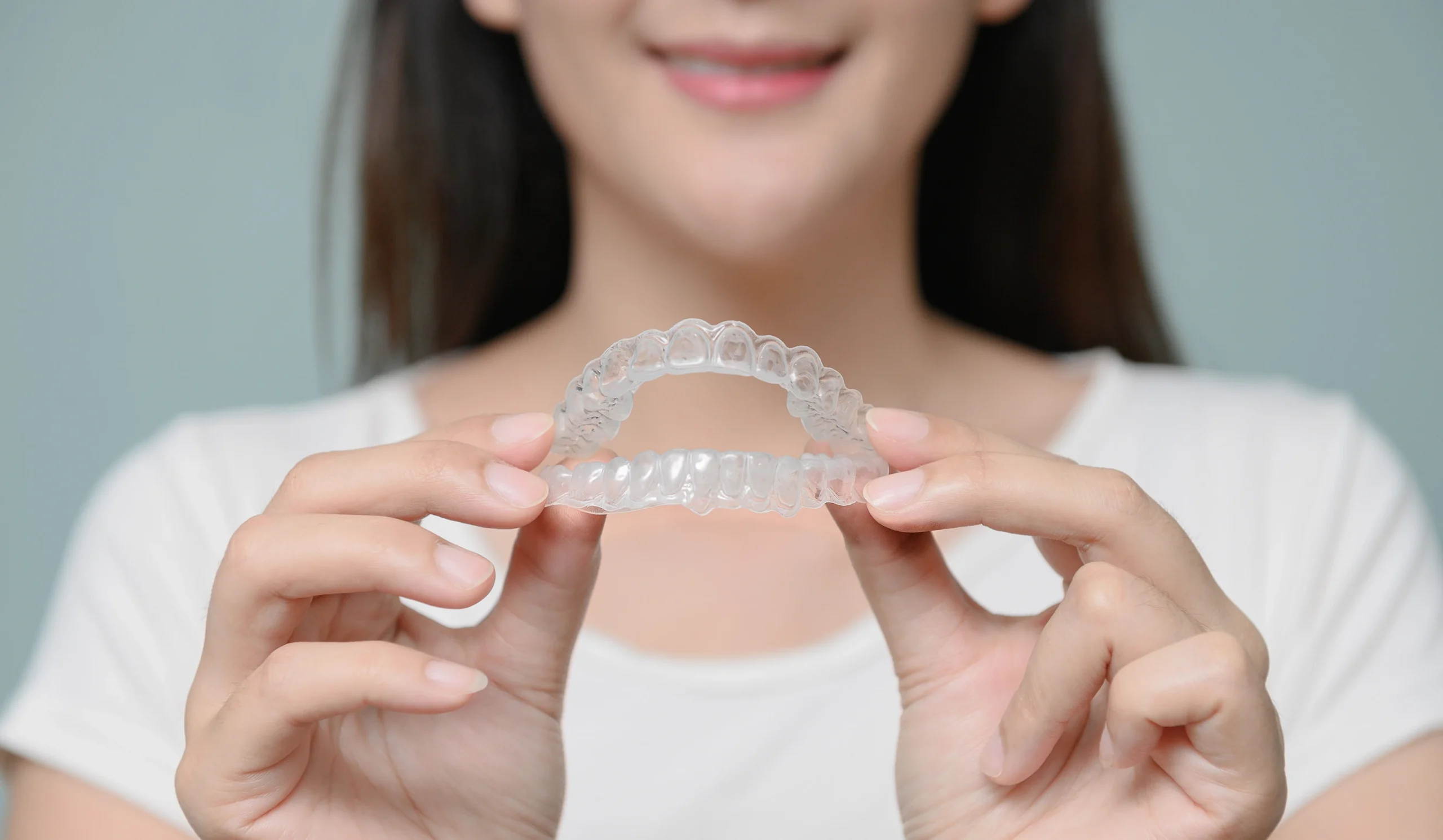Teeth Shifting: Signs, Causes, Prevention and Treatment
Teeth shifting isn’t usually something you notice overnight – it can take months or years to recognise a change in your smile.
It is normal for your teeth to shift over time. Your teeth will continue to move ever so slightly over the course of your life toward the front and centre of your mouth – a process known as mesial drift. But this shift is incremental, so you won’t be able to see it happening day-by-day. However, several factors – including periodontal (gum) conditions and other health issues – may exacerbate the degree of movement your teeth undergo. This can lead to complications including crooked teeth and a misaligned jaw. If you’re concerned about your teeth shifting and want to minimise their movement, it’s best to see us for a professional assessment to either start monitoring the movement of correcting it early before it worsens.
What causes teeth to shift in adults?
We often see patients who have seen changes in the position of their upper and particularly their lower front teeth as late teens or as young adults. Some of these patients had very well aligned teeth before. It is easy to blame the wisdom teeth for these changes, as this is the time that they tend to erupt, but there are actually many other possible factors which can affect teeth positions.
Your teeth are housed in remodelling bone, rather than set in “concrete”. Therefore, teeth positions can be affected by any or a combination of the following factors.
- Late lower jaw growth which can lead to inward tipping of the lower front teeth
- Changes in the elasticity of the cheeks and lips and/or pressure from the tongue
- Loss of gum tissue or bony support for the teeth through gum disease
- Loss of teeth or changes to the bite

Do teeth shift back after braces?
Yes – without the correct use of your retainer. Braces exert a subtle yet steady pressure on your teeth, slowly shifting them into alignment. Once your braces are removed, your teeth will always have some potential to move out of position, however, the amount is unpredictable and can differ greatly between individuals. This is where your retainer comes in. A retainer is an orthodontic device designed to hold your beautifully aligned teeth in position. It’s incredibly important that you wear your retainer every night for the long-term. If you have fixed retainer, ensure you have it checked with us or your dentist regularly every 6-12 months.
If you’re athletic, we also recommend that you wear a sporting mouthguard to safeguard your newly straightened teeth during contact sports.

How do you know if your teeth are shifting?

Signs of teeth shifting include:
- An uncomfortable or ill-fitting retainer. Your retainer is custom made to fit your well-aligned teeth. So if your retainer no longer fits, this is a sure sign your teeth have shifted. Unfortunately, this is usually due to incorrect wear of your retainer.
- Mid-line shift of teeth. With correct tooth alignment, your two upper and lower front teeth should fall in the center of your nose and eyebrows. An increase in asymmetry in one or both dental arches – known as midline drift – is a common sign of shifting teeth.
- Gum bleeding. May be a sign of periodontal (gum) problems, which may increase the likelihood of teeth shifting.
- Gaps in your teeth. This is a common and easy-to-spot sign that your teeth are shifting. Gaps may also be a sign of developing periodontal (gum) problems.
- Tooth pain or sensitivity. If your teeth are more tender or more sensitive than usual, this could indicate shifting teeth.
The best way to ensure stability of your treatment result is to see us for retainer reviews every 6-12 months. We will take a digital scan for your teeth and superimpose it with the original scan taken when the braces came off to check very accurately if your teeth are shifting. The good news is, if they have shifted, often making a new retainer based on the first scan will shift them back to their original positions.
Teeth shifting is an incremental and gradual process, so it generally does not cause pain.
How to prevent your teeth from shifting
- Close monitoring using digital iTero scans at your regular dentist/hygiene or retainer review appointments to accurately assess potential changes to teeth position, wear and gum recession.
- Correct use of your retainer.
- Regular dental check-ups. Your general dentist will assess the health of your teeth and gums to help prevent teeth shifting due to gum disease.
- Good dental hygiene. Brushing and flossing regularly will prevent food and bacteria from building up, preventing issues such as gum disease that can cause teeth shifting.
- Fabricating a night guard with the general dentist if there is a grinding or clenching habit.


